Creating a film budget is a crucial step in the filmmaking process, as it allows filmmakers to plan and manage their finances effectively. A film budget is a detailed document that outlines all of the projected costs for a film production, including pre-production, production, and post-production expenses.
It’s a vital tool to ensure that the production stays within the allocated budget, and it also helps to secure funding from investors. In this article, we will explore the process of creating a film budget, including how to identify and estimate costs, how to manage and track expenses, and tips for staying within budget.
Table of Contents
Film Budget Templates
Film budget templates are essential tools for filmmakers and production teams to plan and manage the financial aspects of a film project. These templates provide a structured framework for estimating and tracking the expenses and revenues associated with the production. They typically include categories such as pre-production costs, production expenses, post-production costs, marketing and distribution expenses, and more. With film budget templates, filmmakers can carefully allocate resources, identify potential cost savings, and ensure that the project stays within budget. These templates also help in securing financing and presenting a comprehensive financial plan to investors or stakeholders. By utilizing film budget templates, filmmakers can effectively manage the financial aspects of their projects and increase the chances of success in the highly competitive film industry.
Types of film budget template

There are several different types of film budget templates that can be used to plan and manage the finances of a film production. These include:
Line Item Budget: This template is a detailed and comprehensive document that lists all of the projected costs for a film production. It includes line items for each category of expenses, such as cast, crew, equipment, and post-production costs.
Top Sheet Budget: This template is a condensed version of the Line Item Budget, and it provides an overview of the projected costs for the film production. It typically includes the total budget, a breakdown of the costs by category, and the projected revenue.
Cash Flow Budget: This template is used to track the flow of cash in and out of the production. It includes information on when expenses are incurred and when revenue is received. This template is particularly useful for managing cash flow during the production.
Production Schedule and Budget: This template combines a production schedule with the budget. It includes information on the projected costs for each day of production and how it corresponds with the schedule. This template can help to ensure that the production stays on schedule and on budget.
Budget Planning Spreadsheet: This template is a simple spreadsheet that can be used to create a budget for the film production. It includes columns for the projected costs, actual costs, and the difference between the two. This template can be useful for tracking expenses and comparing them to the projected costs.
Budget Template with P&L (Profit and Loss statement): this template is a budget template that also includes a section for projected and actual revenue and expenses, which will allow to calculate the profit or loss of the film production.
These are some of the most common types of film budget templates, but there may be others depending on the specific needs of the production.
Key parts of a film budget template
A film budget is a detailed document that outlines all of the projected costs for a film production. There are several important parts of a film budget that are essential for ensuring that the production stays within budget and for securing funding from investors. These include:
Pre-production costs: These are the costs incurred before the production begins, such as script development, casting, location scouting, and set design.
Production costs: These are the costs incurred during the production, such as cast and crew salaries, equipment rental, and travel expenses.
Post-production costs: These are the costs incurred after the production, such as editing, sound design, special effects, and color correction.
Contingency: This is an amount of money set aside to cover unexpected costs. It’s important to have a contingency budget in case of any unforeseen expenses.
Insurance: This is the cost of insuring the production against any accidents or losses.
Distribution and Marketing: These are the costs associated with distributing and promoting the film, such as festival submissions, distribution fees, and advertising.
Profit and Loss Statement: This is a financial statement that calculates the profit or loss of the film production. It includes a breakdown of the projected and actual revenue and expenses.
Breakdown of costs by department: This is a breakdown of the budget by department, like cast, crew, equipment, post-production, etc.
How to make a film budget
Creating a film budget is a crucial step in the filmmaking process, as it allows filmmakers to plan and manage their finances effectively. Here is a step-by-step guide on how to make a film budget:
Identify the scope of the film production
The first step in creating a film budget is to identify the scope of the film production. This includes determining the length of the film, the number of locations, the number of cast and crew members, and any special effects or equipment that will be needed.
Research and gather information on costs
After identifying the scope of the production, research and gather information on the costs associated with each aspect of the film production. This includes researching the cost of equipment rental, cast and crew salaries, location fees, and post-production costs.
Create an outline of the budget
Once you have gathered all of the necessary information, create an outline of the budget. This should include the main categories of expenses and the projected costs for each category.
Identify and estimate pre-production costs
Identify and estimate the costs associated with pre-production, such as script development, casting, location scouting, and set design.
Identify and estimate production costs
Identify and estimate the costs associated with production, such as cast and crew salaries, equipment rental, and travel expenses.
Identify and estimate post-production costs
Identify and estimate the costs associated with post-production, such as editing, sound design, special effects, and color correction.
Identify and estimate distribution and marketing costs
Identify and estimate the costs associated with distributing and promoting the film, such as festival submissions, distribution fees, and advertising.
Allocate a contingency budget
Allocate a contingency budget to cover unexpected costs. It’s important to have a contingency budget in case of any unforeseen expenses.
Allocate a budget for insurance
Allocate a budget for insuring the production against any accidents or losses.
Create a profit and loss statement
Create a profit and loss statement that calculates the profit or loss of the film production. It includes a breakdown of the projected and actual revenue and expenses.
Breakdown the budget by department
Breakdown the budget by department, like cast, crew, equipment, post-production, etc.
Review and revise the budget
Review and revise the budget as necessary. This can include adjusting the budget to reflect changes in the scope of the production or to account for unexpected costs.
Track expenses
It’s important to track expenses during the production, this way you can see how much is being spent and compare it to the budget.
Communicate the budget
Once the budget is complete, communicate it to all parties involved in the production, this way everyone is aware of the financial constraints and is able to work within them.
FAQs
Why is a film budget important?
A film budget is important because it allows filmmakers to plan and manage their finances effectively. It helps to ensure that the production stays within budget, and all expenses are accounted for. Additionally, a well-designed film budget can help to secure funding from investors.
How do I track expenses during production?
Expenses during production can be tracked by maintaining accurate and detailed records of all expenses, comparing actual expenses to the budget on a regular basis, and making adjustments to the budget as needed.
How do I communicate the budget to all parties involved in the production?
Communicating the budget to all parties involved in the production can be done by distributing copies of the budget, discussing the budget in meetings, and making sure that all parties understand their responsibilities and the financial constraints of the production.
How can I stay within budget?
Staying within budget can be done by researching and gathering accurate information on costs, creating a realistic budget, allocating a contingency budget, tracking expenses, and making adjustments to the budget as needed.


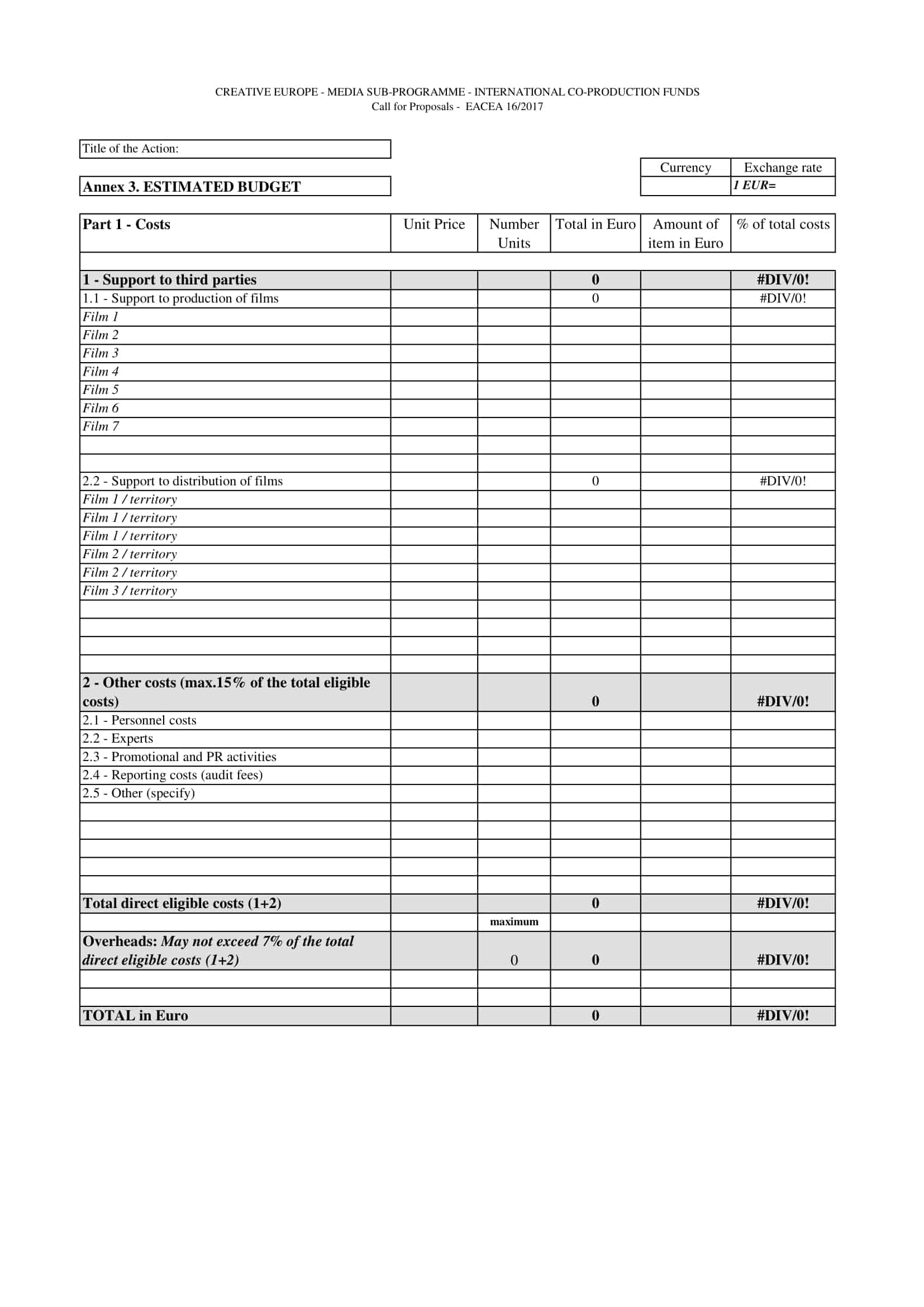
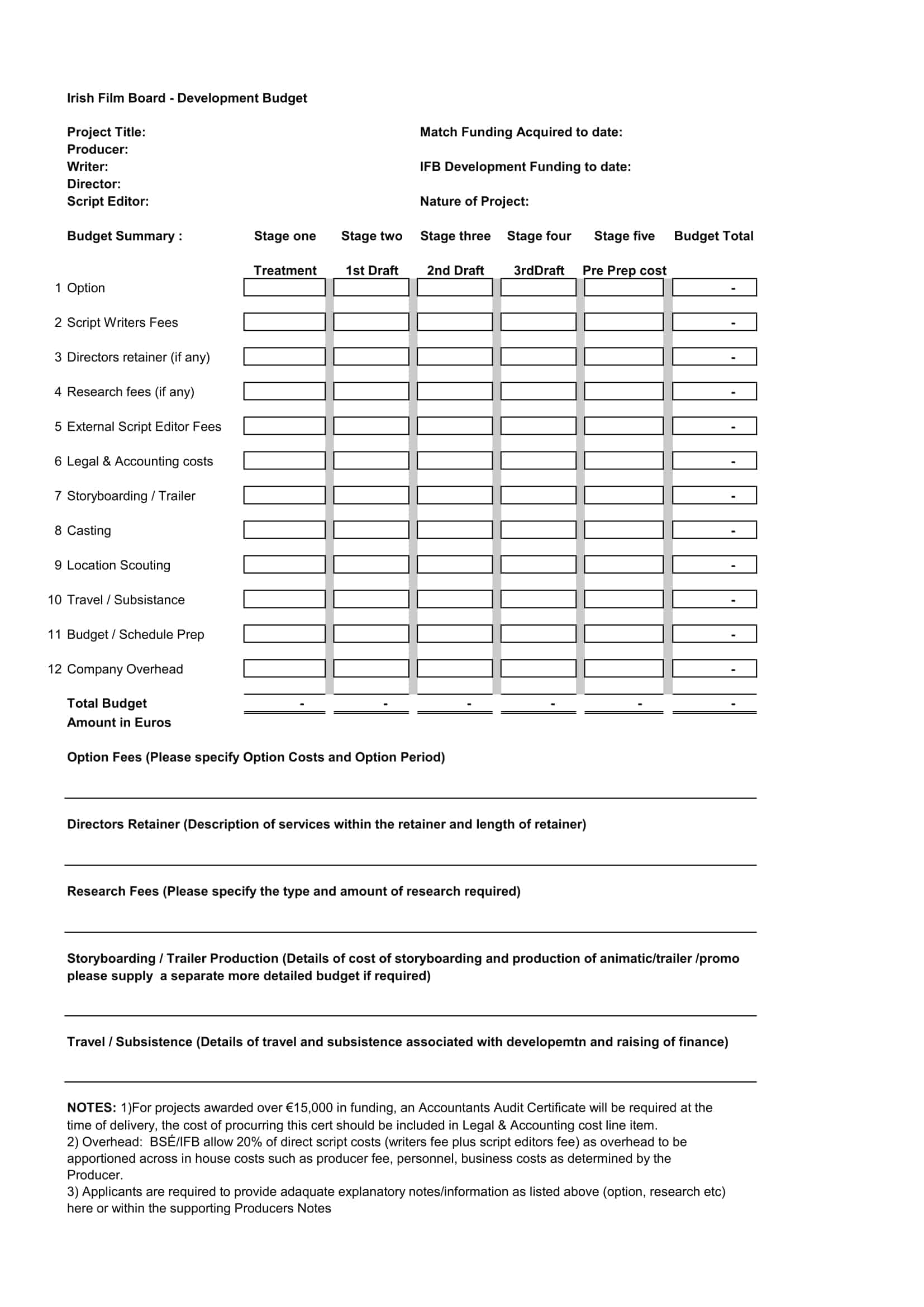









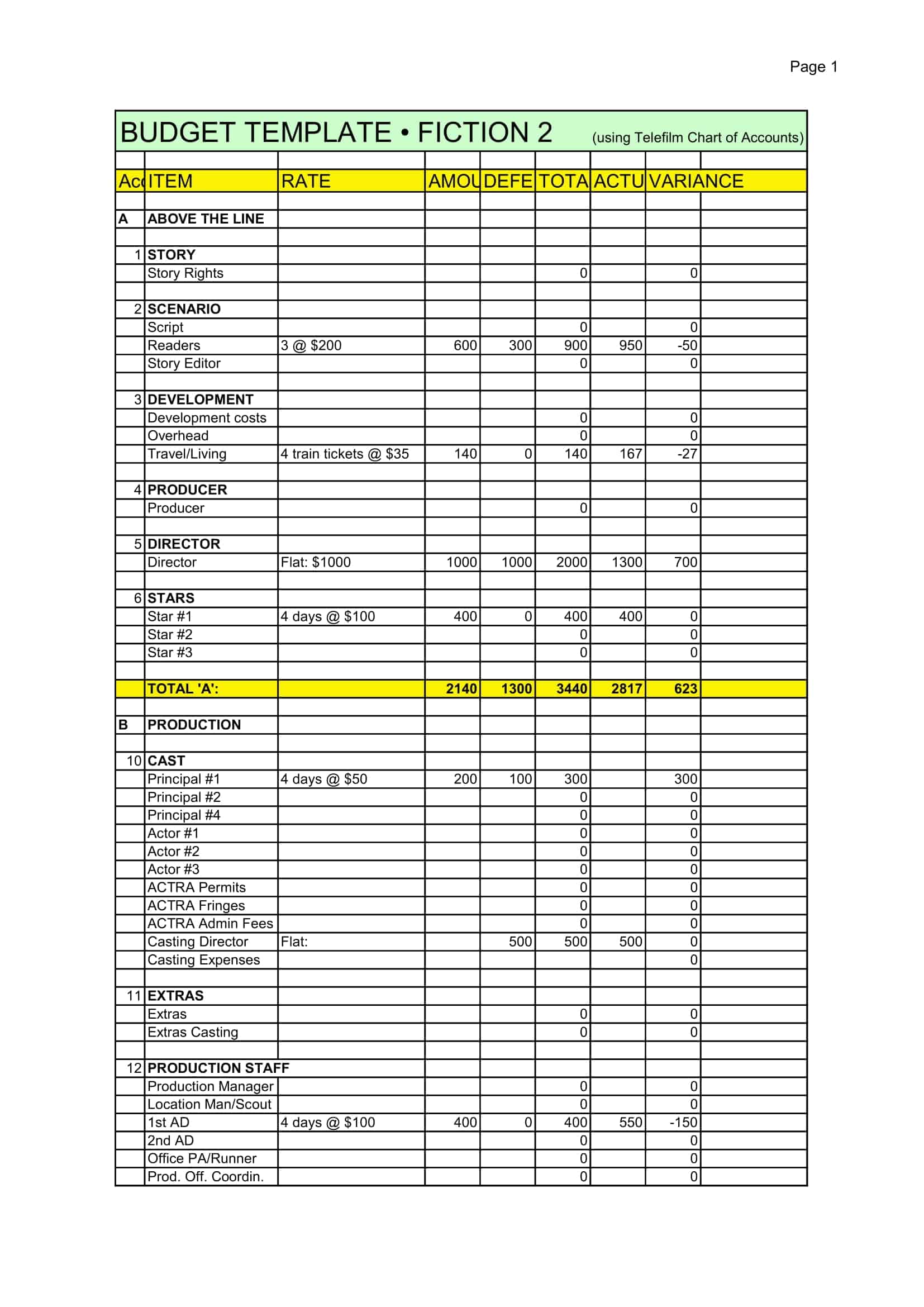



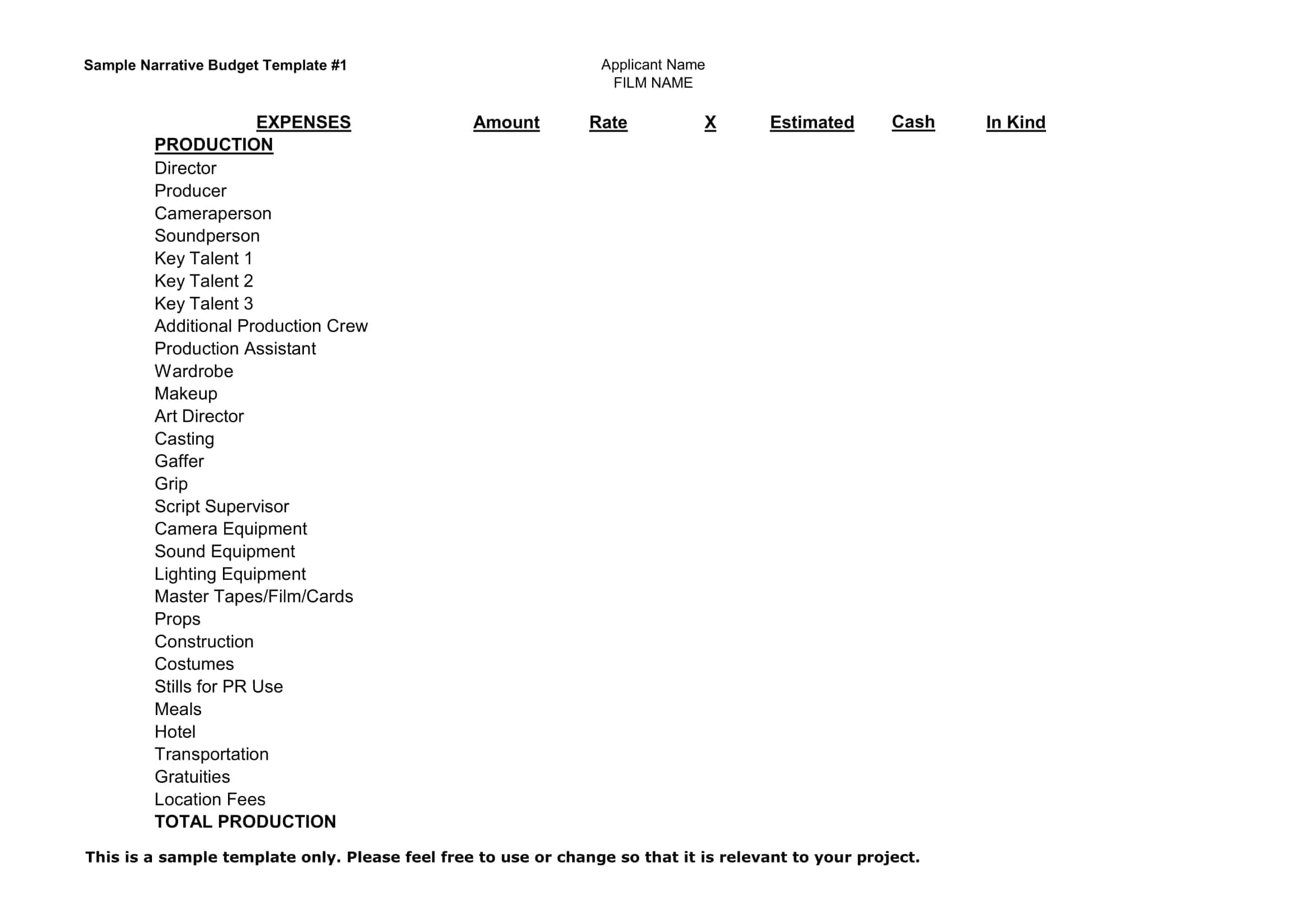













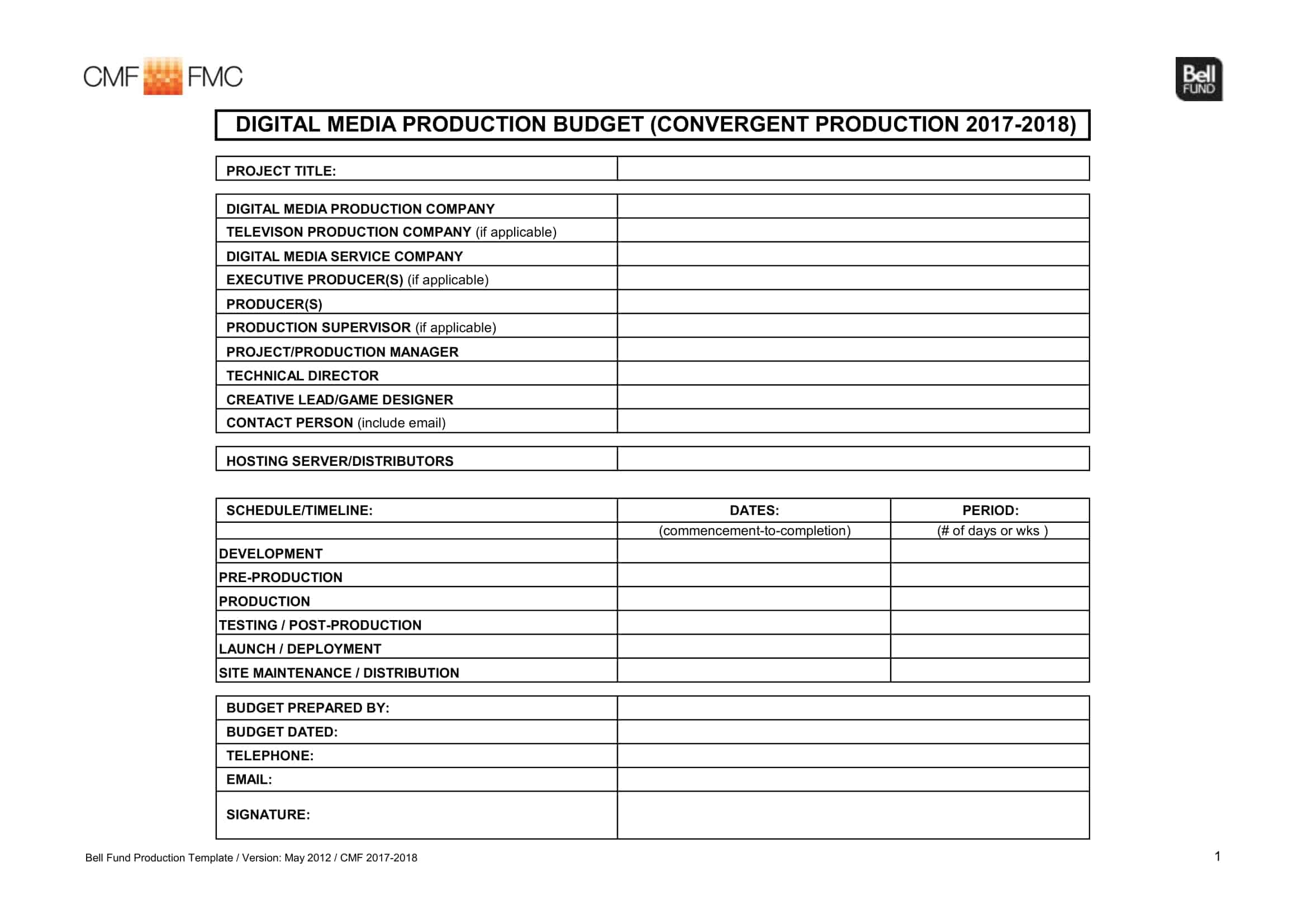

![Free Printable Roommate Agreement Templates [Word, PDF] 1 Roommate Agreement](https://www.typecalendar.com/wp-content/uploads/2023/06/Roommate-Agreement-150x150.jpg)
![Free Printable Credit Card Authorization Form Templates [PDF, Word, Excel] 2 Credit Card Authorization Form](https://www.typecalendar.com/wp-content/uploads/2023/06/Credit-Card-Authorization-Form-150x150.jpg)
![Free Printable Stock Ledger Templates [Excel,PDF, Word] 3 Stock Ledger](https://www.typecalendar.com/wp-content/uploads/2023/08/Stock-Ledger-150x150.jpg)

What are the typical requirements for earning a high school diploma, and how are these requirements reflected in a diploma template?